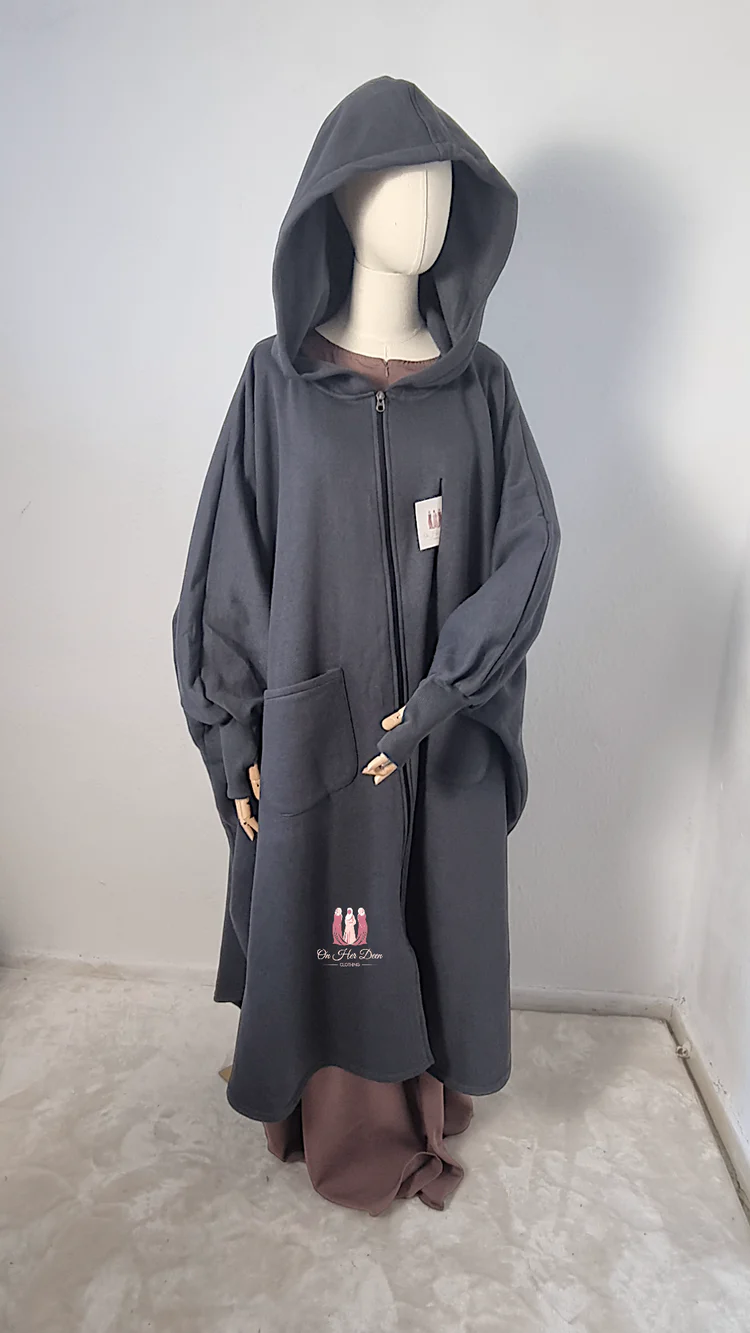In the realm of modest fashion, the abaya stands as an enduring symbol of elegance, modesty, and cultural identity. Originating from Islamic tradition, the abaya has evolved over time, transcending its religious roots to become a staple in the wardrobes of women around the world. However, as fashion trends evolve and cultural norms shift, the concept of modesty itself has undergone a redefinition, prompting a fresh look at the role of the abaya in contemporary society.
Defined by its loose-fitting silhouette and full-length design, the abaya offers both Modest Abayas coverage and a timeless aesthetic. Traditionally worn by Muslim women as a symbol of piety and modesty, the garment has evolved to encompass a wide range of styles, fabrics, and embellishments, reflecting the diverse tastes and preferences of its wearers.
In recent years, modest fashion has gained traction on the global stage, with designers and brands embracing the principles of modesty in their collections. As a result, the abaya has experienced a resurgence in popularity, not only among Muslim women but also among fashion-conscious individuals seeking elegant and understated attire.
One of the key attributes of the abaya is its versatility. Available in a myriad of designs, from simple and traditional to intricate and contemporary, the abaya offers something for every taste and occasion. Whether adorned with delicate embroidery, embellished with crystals, or crafted from luxurious fabrics such as silk or chiffon, each abaya exudes its own unique charm, allowing wearers to express their individuality while adhering to modest principles.
Moreover, the abaya’s inherent modesty does not preclude it from being fashionable. On the contrary, designers have embraced the challenge of marrying modesty with style, creating abayas that are both chic and sophisticated. From tailored cuts and structured silhouettes to flowing drapes and voluminous designs, the modern abaya offers a plethora of options for women to express themselves while remaining true to their beliefs and values.
Yet, beyond its aesthetic appeal, the abaya holds deeper significance for many women. For some, it serves as a tangible expression of their faith and religious identity, reaffirming their commitment to modesty and humility. For others, it represents a cultural heritage and sense of belonging, connecting them to their roots and traditions in an increasingly globalised world.
Nevertheless, the abaya is not without its controversies. In some societies, the garment has been subject to scrutiny and debate, with questions raised about its perceived oppression of women and restriction of freedom. Critics argue that the mandatory wearing of the abaya infringes upon women’s rights and autonomy, perpetuating patriarchal norms and gender inequality.
In response, advocates of the abaya emphasise its role as a choice rather than a mandate, highlighting the importance of respecting individual agency and personal expression. They argue that wearing the abaya should be a matter of personal preference, not coercion, and that women should be free to dress according to their own beliefs and convictions.
Ultimately, the debate surrounding the abaya reflects broader discussions about culture, identity, and women’s rights. As societies continue to evolve, it is essential to recognise and celebrate the diversity of experiences and perspectives within our communities. Whether viewed as a symbol of faith, a fashion statement, or a cultural tradition, the abaya remains a powerful symbol of modesty and empowerment for women around the world.
